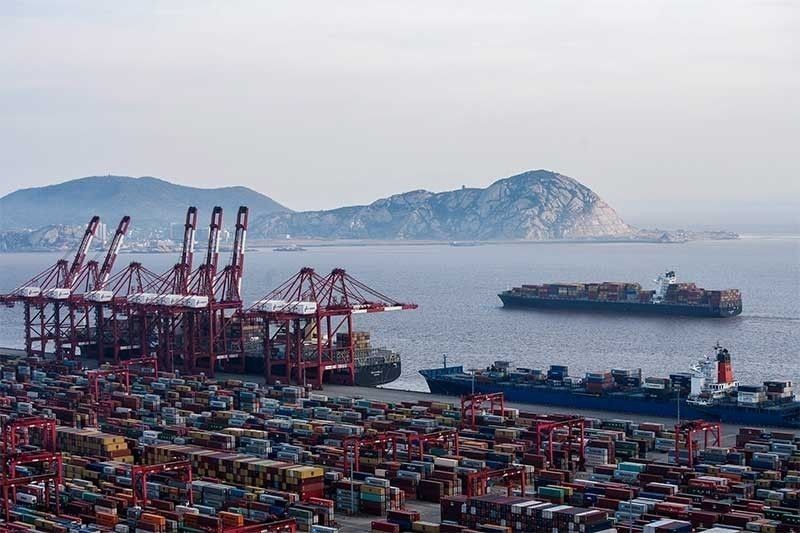Wider trade gap seen until 2020

As imports continue to outpace exports
MANILA, Philippines — Barcelona-based think tank FocusEconomics sees the Philippines booking a wider trade deficit over the next two years as imports of capital equipment, raw materials, and intermediate goods continue to outpace exports.
Lindsey Ice, economist at FocusEconomics, said the country’s trade shortfall would swell further to $40 billion in 2019 and $48 billion in 2020.
Ice said exports would expand 7.7 percent versus those of imports at 8.8 percent next year.
She said exports growth would slow down to 7.4 percent while imports growth would pick up to 11.8 percent in 2020.
Latest data from the Philippine Statistics Authority (PSA) showed the country’s trade deficit swelled 68.5 percent to $33.92 billion from January to October compared to $20.13 billion in the same period last year.
Imports rose 16.8 percent to $90.98 billion in the first 10 months while exports slipped 1.2 percent to $57.07 billion.
The country’s trade deficit has been steadily widening over the past few years, from only $3.3 billion in 2014, $12.2 billion in 2015, $26.7 billion in 2016, and $30 billion in 2017.
For October alone, merchandise export growth expanded 3.3 percent from the revised 0.8 percent expansion logged in September.
“The acceleration came on the back of higher exports in seven of the top 10 commodity groups with solid growth posted in exports of copper concentrates and bananas, while shipments of machinery and transport equipment rebounded in the month,” Ice added.
She said electronic products export growth slowed to a near standstill at 0.6 percent in October from 4.2 percent in September.
On the other hand, the economist said import growth continued to outperform exports, surging 21.4 percent in October, although softer than September’s 26.1 percent jump.
“Notably, raw materials and intermediate goods, and capital goods imports accounted for the largest share of the overall import value, driven by the government’s infrastructure investment push. More-over, petroleum products also remained a major item on the higher import bill,” Ice said.
Overall, the merchandise trade deficit widened to a record $4.2 billion in October from the $3.7 billion shortfall in September.
- Latest
- Trending



























